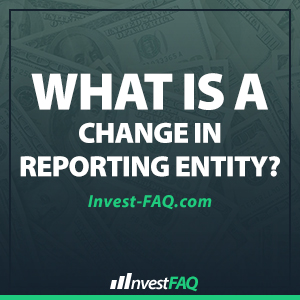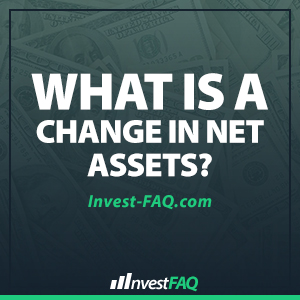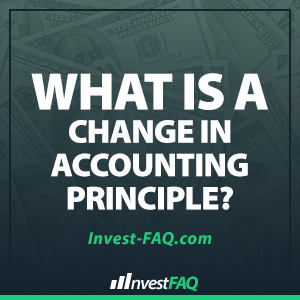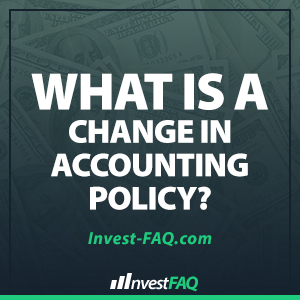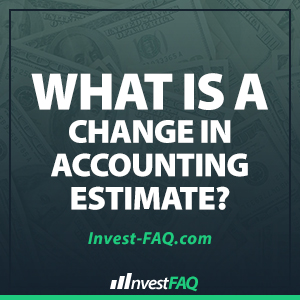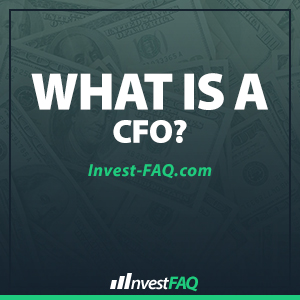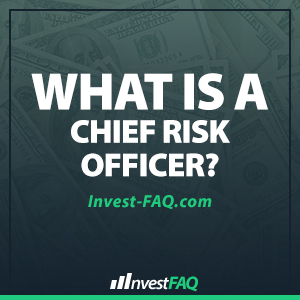Change in Working CapitalContents A change in working capital refers to the difference between the current assets and current liabilities from one financial period to the next. It indicates how much the company’s short-term operational liquidity has increased or decreased, reflecting its ability to fund day-to-day operations and manage its short-term financial health. In business,
What Is a Change in Reporting Entity?
Change in Reporting EntityContents A change in reporting entity occurs when there is a modification in the boundary of the financial statements being reported. This can involve changes in the composition of the companies or operations included in consolidated financial statements, such as through mergers, acquisitions, or divestitures, affecting how the entity’s financial and operational
What Is a Change in Net Assets?
Change in Net AssetsContents A change in net assets refers to the difference in the total net assets of an organization from one period to the next, resulting from its operational activities, investments, and financing transactions. This measure is crucial in assessing the financial health and performance of a company, indicating whether its net asset
What Is a Change in Accounting Principle?
Change in Accounting PrincipleContents A change in accounting principle involves a shift from one generally accepted accounting principle (GAAP) to another. It occurs when an entity decides that an alternative GAAP principle is more appropriate for preparing its financial statements, ensuring they present a more accurate picture of the company’s financial condition and results of
What Is a Change in Accounting Policy?
Change in Accounting PolicyContents A change in accounting policy refers to a voluntary alteration by a company in the specific principles, methods, or practices adopted in preparing and presenting its financial statements. Unlike changes in accounting estimates, which are driven by new information or conditions, changes in accounting policy are usually made to provide more
What Is a Change in Accounting Estimate?
Change in Accounting EstimateContents A change in accounting estimate occurs when new information or developments lead to a revision of a previous accounting estimate. Such changes reflect more accurate predictions about the future, affecting the carrying values of assets and liabilities on the financial statements without amending past financial reports. In business, changes in accounting
What Is a CFO?
CFOContents A Chief Financial Officer (CFO) is a senior executive responsible for managing the financial actions of a company. The CFO’s duties include tracking cash flow, financial planning, analyzing the company’s financial strengths and weaknesses, and proposing corrective actions. In the business realm, the CFO plays a pivotal role in shaping the company’s financial strategy
What Is a Classified Balance Sheet?
Classified Balance SheetContents A classified balance sheet is a financial statement that presents the assets, liabilities, and equity of a company in distinct categories or classifications. This organization enhances the clarity and understanding of the company’s financial position by grouping similar items together, such as current assets, long-term assets, current liabilities, and long-term liabilities. Businesses
What Is a Civil Penalty?
Civil PenaltyContents A civil penalty is a fine or other financial penalty imposed by a governmental authority as punishment for violating a civil law, regulation, or ordinance, without the imposition of criminal sanctions. It is designed to deter wrongdoing and encourage compliance with legal standards and regulations. In the business world, civil penalties are often
What Is a Chief Risk Officer?
Chief Risk OfficerContents A Chief Risk Officer (CRO) is a corporate executive responsible for identifying, analyzing, and mitigating internal and external risks that could threaten the organization. The CRO’s role encompasses overseeing the company’s comprehensive risk management strategy to ensure its long-term resilience and sustainability. In the modern business environment, characterized by rapid changes and


